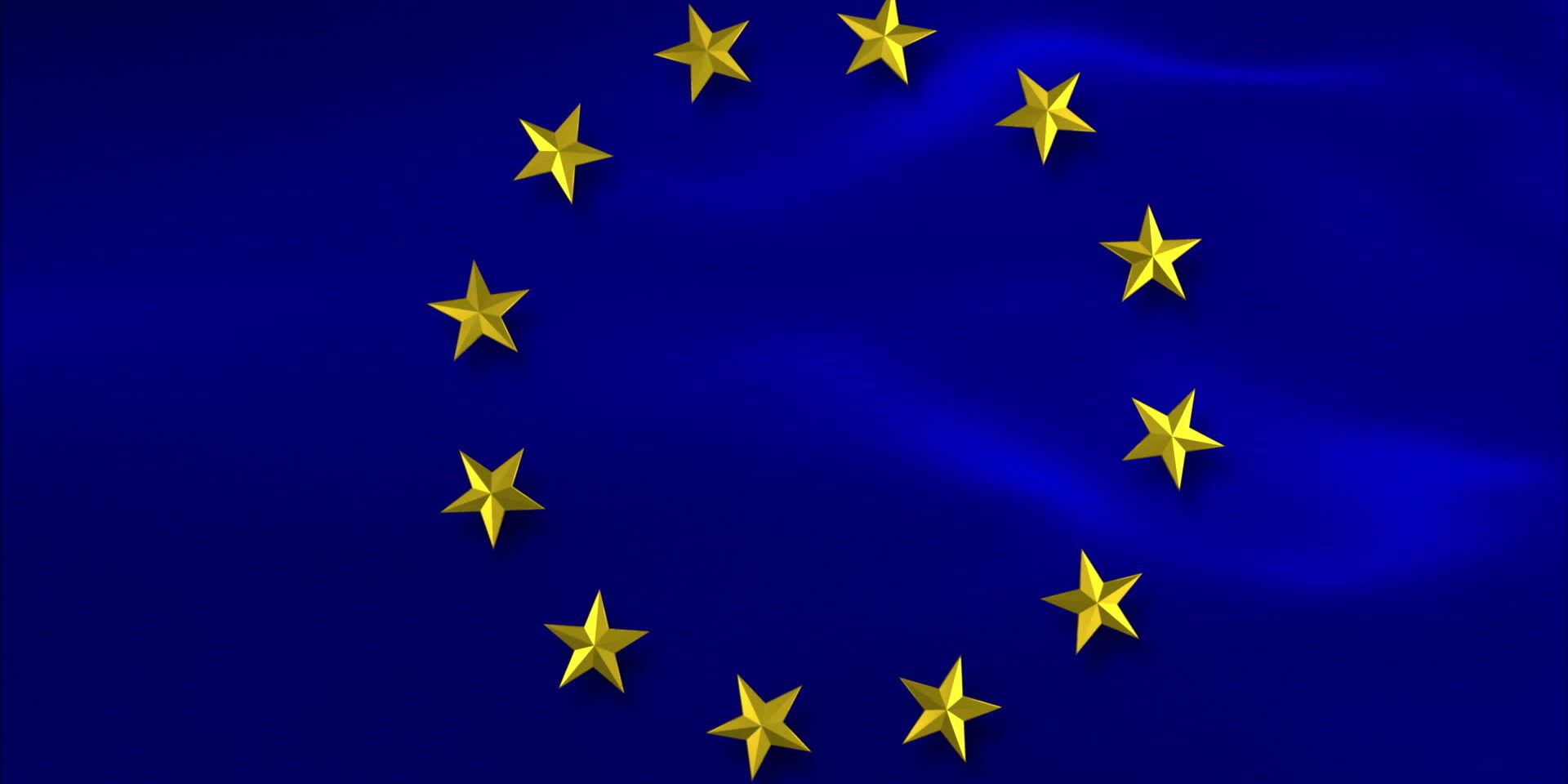What happened before the EU Medical Device Regulation and In vitro Diagnostic Regulation ?
See what changes in EU medical Device Regulation.
The existing European regulatory framework originated in the 1990s consists of three directives designed to regulate about 500,000 types of medical devices (e.g. contact lenses, breast implants, x-ray machines, pacemakers) and in-vitro diagnostic medical devices (e.g. pregnancy tests, blood sugar monitoring systems, HIV blood tests) on the European market. However, the European Commission has adopted two new regulations for medical devices which came into force in the 25th of May 2017, replacing the three existing directives; the Medical Device Directives 90/385/EEC and 93/42/EEC, and the In-Vitro Diagnostic Medical Device Directive 98/79/EEC.
The two new regulations are as follows:
- Regulation (EU) 2017/745 on medical devices
- Regulation (EU) 2017/746 on in-vitro diagnostic medical devices
The problem of deviating interpretation and application of the previous directives and the PIP breast implant scandal which revealed the weakness of the current legal system accelerated the issuing of the regulations. The scandal on fraudulent breast implant production definitely took a toll on the confidence of consumers and health care professionals with regards to the safety of medical devices in the European market.
What the New European Medical Device Regulations consist of
See below the brief summary of some improvements for medical and in-vitro medical devices brought by the new regulations:
-
Inclusion of Aesthetic devices
The scope of the new regulations added aesthetic products which do not have intended medical purpose but have the same characteristic and risk profile as medical devices. Some examples of these products are contact lenses (colored and do not correct vision); dermal or mucous membrane filling substances; laser and liposuction equipment.
-
Improved transparency
Consumers will have better access to information as the new regulations enhance traceability of medical devices. One way is by requiring a Unique Device Identifier (UDI) affixed on each medical device or on its packaging so that information regarding the product can be found in the new European database of Medical Devices (EUDAMED). Another way is that patients will receive implant cards containing information about the implanted medical device.
-
Stricter control on medical devices
The new European medical device regulations enforce stricter control over high-risk medical devices (e.g. implants) by requiring experts at EU level to scrutinize the products before releasing to the market. These also entail stricter control on clinical trials and notified bodies that approve the market of medical devices. Notified bodies must comply with all the requirements of the new regulations. Aside from these, the regulation defines a new risk classification system for in-vitro diagnostic medical devices.
-
Strengthened post market surveillance and vigilance
Non-EU manufacturers of medical devices and in-vitro diagnostic devices must have a European Authorized Representative that will be responsible in making sure that the manufacturer has conformed to the new European medical device regulations. Upon the release of the products in the market, medical device manufacturers are required to gather information about product performance for a continuous clinical evaluation of the medical device. Other improvement include coordination between EU countries in relation to market surveillance and vigilance.
There is a transitional period to comply as these will fully take effect 3 years after the new regulation on medical devices came into force (year 2020) and 5 years after for the new regulation on in-vitro diagnostic medical devices (year 2022).
The new European medical device regulations should improve the quality, safety, and reliability of medical devices to provide improved protection of public health and patient safety.
For more information about our service related to European market you may see here.







